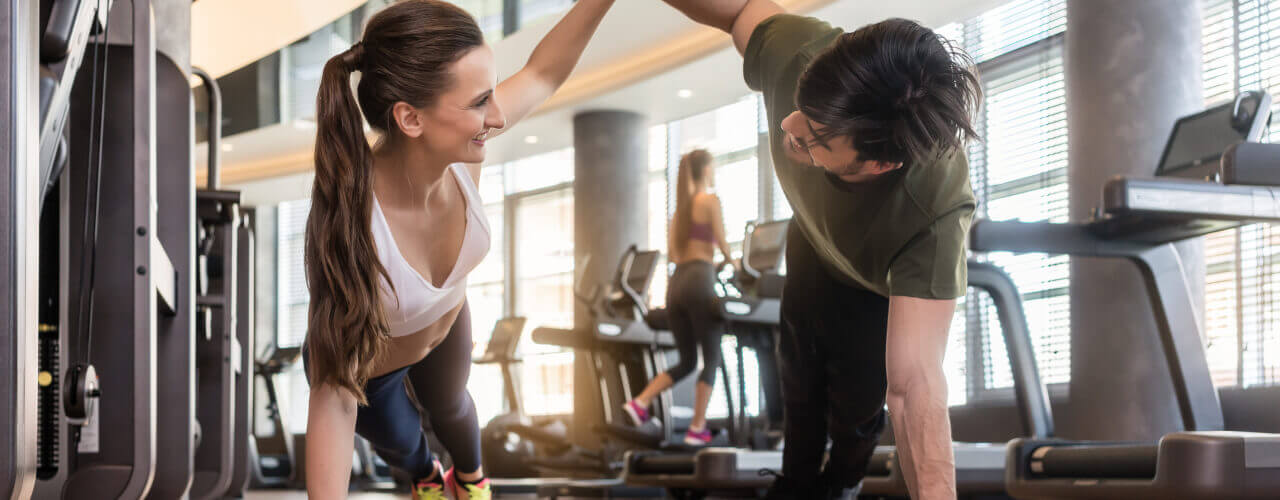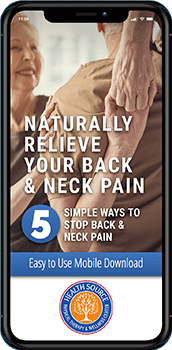We Can Help You Understand the Best Exercises for Your Needs
When it comes to physical therapy and exercising for good health, both cardio exercise and weightlifting have equal importance. Once your end goal is determined, the decision on which will serve the best purpose can be made.
For example, cardio exercise is unquestionably the best choice for increasing stamina and endurance. Conversely, if bulking up or regaining physical strength is the ultimate goal, weightlifting is the way to go.
A physical therapist can help you create a healthy workout routine for your needs and can help you change your routines so your body does not fall into a routine. To discover the best exercises for you, don’t hesitate to contact us today!
Are you wearing the proper shoes?
A study conducted by three researchers at the University of Northern Colorado observed the differences when fit, college-aged males performed repetitions of squats at 60% of their maximum ability. The study participants randomly switched between running shoes and an unnamed brand of weightlifting shoes.
The researchers observed the range of motion (ROM), trunk displacement and ankle flexion.
The weightlifting shoes produced less trunk displacement than the running shoes. This means the athletes in the study exhibited less forward lean during the exercise. They were able to redirect the energy upward. The researchers surmised this was due to less stress on the lower back.
The weightlifting shoes produced a difference in peak ankle flexion. This was to be expected due to the lifted position of the heel in weightlifting shoes. The result was that it was easier for the study participants to maintain proper squat form during the exercise, with the thighs and hips closer to vertical and less forward lean. The knees more easily moved over the toes, reducing hip flexion, which also promoted better form and performance.
The participants in the study commented that they thought it was easier to perform squats in the weightlifting shoes than in the running shoes. This may have been due to the reduced stress on the lower back or through some other factors, such as the mental conditioning of being told you are using shoes specifically for weightlifting rather than for running.
How weights can benefit you
Front and back squats can be performed with or without the addition of weights to the barbell. If you prefer, you can also perform squats with hand weights or kettlebells. If you decide to add weight, make sure you are comfortable carrying it on your shoulders before performing the squat.
If it feels too heavy on your shoulders ahead of time, make sure to take some off to avoid unnecessary injury. If you’re just starting out, doing a squat without weight is a good way to familiarize yourself with the movement and prepare your muscles for the activity without adding too much intensity at once.
Making sure you have proper form is one of the most important aspects of using weights in your workout routine. Placing the barbell across the front of your shoulders, just below your neck, is the first step in performing a proper front squat. Make sure your fingertips are just outside your shoulder width beneath the barbell.
Your elbows should also be sharply pointed. Begin lowering yourself to the floor with your hips and knees, keeping your chest up and your core tight. Continue lowering yourself until your thighs are parallel to the ground, then hold for a few seconds. Bring yourself back up to a standing position slowly, using your hips and knees.
The fundamentals of a back squat are the same as the fundamentals of a front squat. For both, you move your body in the same motion, bending at the hips and knees until your thighs are parallel with the ground, then slowly returning to a standing position. The primary distinction between a front squat and a back squat is how the barbell is held.
A front squat is performed by holding the barbell in front of your shoulders, whereas a back squat is performed by holding the barbell OVER your shoulders, just behind your neck. One of the most important aspects of a back squat is to avoid letting the weight rest on your neck, as this can cause neck pain or injury.
Instead, keep the barbell on your shoulders and your chest up to prevent your neck from hunching forward during the squat. Lifting too much weight and inadvertently relying on your neck instead of your shoulders could result in serious injury.
How cardio can benefit you
We all know that cardio takes time. In fact, one of the most common complaints we hear from patients who come to us for physical therapy exercises is that there simply isn’t enough time in their busy days to complete cardio workouts. Other times, whether there’s a time constraint or not, many people report a lack of self-motivation simply because they can’t stand the thought of doing cardio.
Luckily, a physical therapist can help you incorporate cardio into your exercise routine in ways that you may actually find fun – or, at least more bearable. If you’re a cardio hater, have no fear – you’re definitely not alone, and there are a few secrets for completing cardio in ways that you may not have considered.
There are many ways you can get the benefits of cardio, including:
- Taking on a new hobby
- Tracking your progress with an app
- Starting off small
Set achievable goals
Setting goals is essential when embarking on a fitness journey. Having goals in place will assist you in making appropriate choices regarding which exercises and foods will best fit into your regimen and will assist you in making your journey a success.
Keep things interesting when it comes to setting fitness goals. Experiment with new exercises and test your limits on occasion to see how well you are doing.
You might be surprised at how far you can get once you figure out what types of exercises and diet plans will work best for you. Take the first step and set a few objectives. Once you’ve started down that road, there’s only one way to go: forward. Get in touch with us today to learn more!
Need more assistance? Contact us
Still debating whether to do cardio or go with weights? Speak with one of our physical therapists right away and we’ll assist you in determining the best workout plan for your specific needs!
Tags: physical therapy, cardio, foot pain



